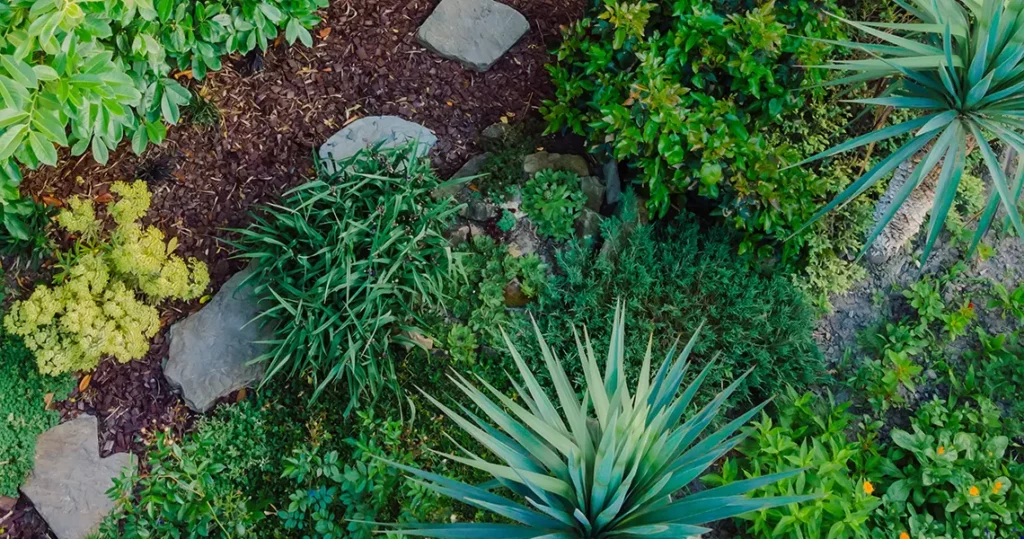
Everyone knows that carbon dioxide levels in the atmosphere are rising, increasing temperatures worldwide. One way to take carbon dioxide out of the air is to plant more trees. Small groups of people around the world are taking action by planting fast growing native vegetation on small plots of land.
The approach used in establishing these tiny forests were established by a Japanese botanist named Akira Miyawaki. The aim of his method is to quickly restore natural forests. Some of the key concepts are:
- Gathering a wide variety of native plants
- Careful examination of the soil and making any needed remediation such as adding organic matter, microorganisms and nutrients.
- Planting densely to encourage saplings to grow straight and tall to access sunlight.
- Planting randomly, like nature does, instead straight or staggered rows.
- Removing weeds from the plot for the first two years. After that the trees should be big enough to shade out most weeds.
Using the Miyawaki method results in faster and denser growth, along with greater biodiversity than traditional planting methods. It also more expensive, due to the soil preparation and dense planting.
These mini forests are well-suited for urban locations, since they do not require large open areas. Some have been established on plots no bigger than half of a basketball court. Abandoned lots, open stretches along roads, highway cloverleafs and other small areas are excellent candidates for tiny forests. Trees improve air quality and lower temperatures in municipal areas.
The Miyawaki method is finding advocates across most of the world. In India, there is a small company called Afforestt that specializes in creating these small forests. In Europe, there is an organization called Tiny Forest in the Netherlands, and one called Urban Forests in France and Belgium promoting Miyawaki methods. One country where this movement has been slow to gain momentum is the United States, but this is starting to change. One of the earliest American projects was at a Kentucky auto plant in 2014. A company called Natural Urban Forests, which partners with India based Afforestt, was established in Seattle in 2015. According its website, over one hundred thousand trees have been planted in North America. This is still very small compared to the more than forty million that have been planted worldwide.
After the deadly 2011 tsunami in Japan, it was noticed that deep-rooted native trees survived much better than the concrete sea walls and plantings of non-native conifers. Japan is now planting more native trees to lessen damage along its coastline from future tsunamis.
Small forests are being created around the world to benefit the environment. They are created with the Miyawaki method, which emphasizes soil preparation and using native trees. Pioneered in Japan, it has been adopted in India and Europe, and is beginning to take hold in the United States.
You can join in and help build forests by signing up for one of our carbon offset credit plans that also plant trees through One Tree Planted. View our products and make the choice to help our planet.